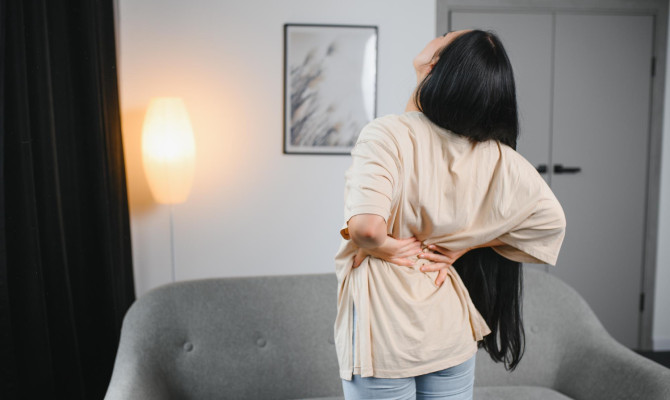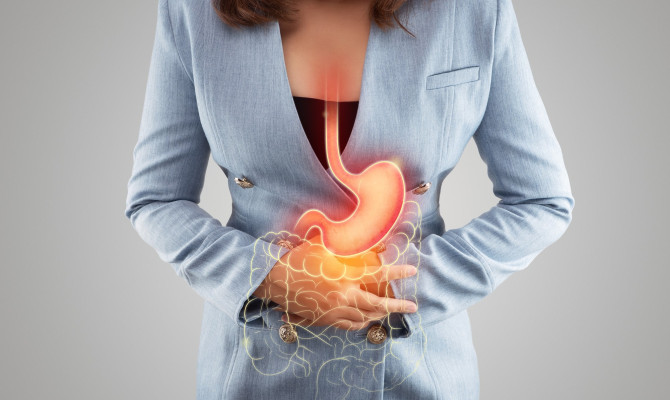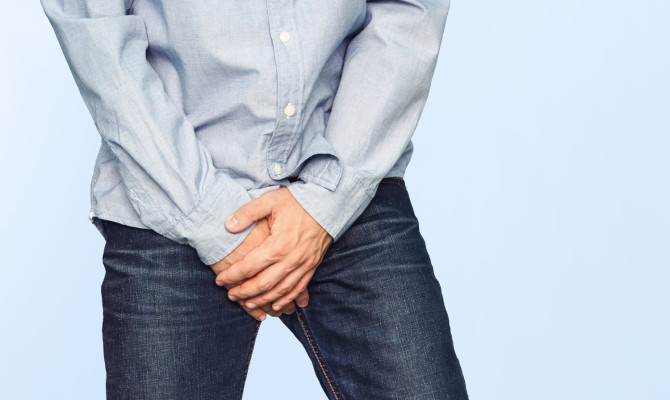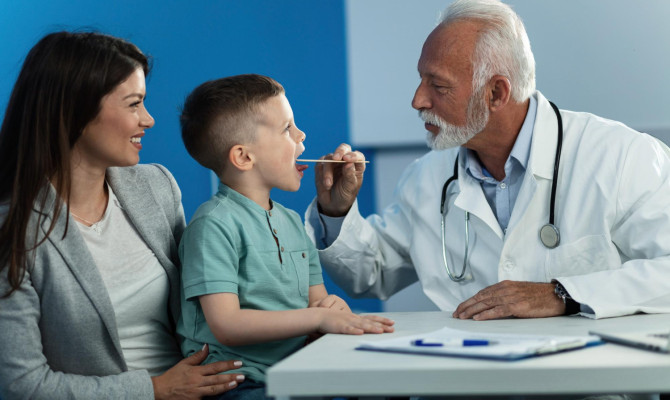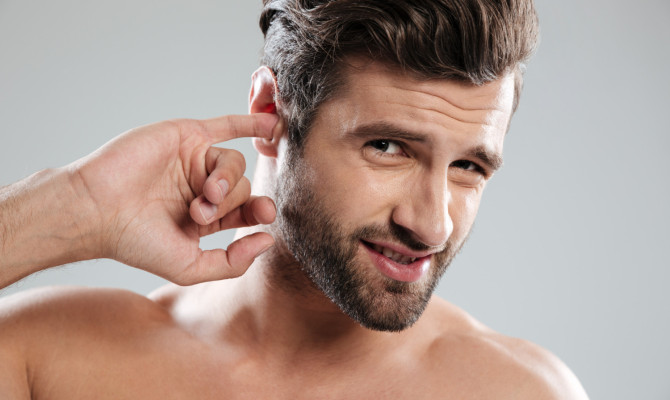Lice: What do I need to know?

- Lice
- 16 Aug 2023
Overview
About Lice
Lice are tiny insects that reside on human hosts. These inhabit the scalp, skin, and genital region. These parasitic insects rely on human blood as their source of nourishment for survival. Since the 1970s, there has been a rise in the occurrence of lice in numerous countries, leading to infestations in a substantial number of individuals worldwide. The prevalence rates have varied across different countries and regions, ranging from no infestations to as high as 78.6%.1Overview| Researched based study from Nlm.nih.gov

Types
Types of lice
Lice that infest humans are categorized into three types:
Pediculus humanus capitis
- This type specifically inhabits the scalp and hair.
- It is also called head lice.
- It is commonly transmitted through direct head-to-head contact, especially in crowded settings such as schools or households.
Pediculus humanus corporis
- Referred to as the body louse or cloth louse, this species resides in clothing and only moves onto the body to feed.
- It is associated with unhygienic conditions and is typically found in individuals who lack access to regular bathing or clean clothing.
Pthirus pubis
- Commonly known as the crab louse or pubic louse, this type primarily infests the pubic area but can also be found in other hairy regions, such as the armpits or eyebrows.
- The transmission of this condition usually occurs via intimate contact.
- It can also spread through being in close proximity to an infested individual or through using infested items.2Types| Researched based study from Cdc.gov
Causes
What causes lice infestation?
- The most frequent way to acquire lice is through direct contact between heads, as the lice move by transferring from one person’s scalp to another’s by moving along the hair strands. Lice cannot fly or jump, but they can crawl on objects that touch the human head, such as hats, towels, brushes, or pillows. If not transferred to a new host within approximately 24 hours, lice are unable to survive and will perish.3Causes| Researched based study from Cdc.gov
- Only the body louse is known to spread the disease.
- The main mode of spread for pubic lice is through intimate sexual contact between individuals.
- It is important to note that dogs, cats, and other pets do not contribute to the transmission of pubic lice among humans.2Causes| Researched based study from Cdc.gov
Symptoms
Symptoms of lice infestation
Symptoms of Head lice
- The presence of head lice can cause a strong urge to scratch or rub the scalp due to the uncomfortable sensation it creates.
- The itchiness is commonly triggered by a hypersensitive response to the bites of the lice. Due to the persistent itchiness, individuals with head lice tend to scratch their scalp frequently.
- Repetitive scratching can result in skin inflammation and reddening, particularly in the areas of the scalp and the back of the neck.
- Lymph nodes, often referred to as “glands,” located in the neck may become enlarged or swollen as a reaction to the presence of head lice. This can be a result of the body’s immune response to the infestation.
- In some cases, head lice infestation can lead to the development of the pink eye.
- The presence of lice eggs, which are also called nits. The small, oval-shaped eggs are typically yellow, brown, or tan in color and are about the size of a pinhead. They are often found firmly attached to individual hair strands, close to the scalp, and can be difficult to remove.
- Many people with head lice describe a sensation of something moving or crawling on their scalp or hair. This can be a result of the lice moving around and feeding on the scalp.
- In some cases, individuals may directly see the lice on their hair, skin, or clothing. Adult lice appear as light-brown insects. These are approximately the size of small seeds and can be seen crawling on the hair shafts, scalp, or clothing.4Symptoms| Researched based study from Aad.org
Body lice symptoms
- Infestations of body lice often cause intense pruritus, which is an unpleasant sensation in the skin that causes an urge to scratch. It is due to a hypersensitivity reaction triggered by their saliva.
- The allergic response can manifest as small raised marks resembling welts, along with potential redness and swelling. The symptoms are often observed around the neck and on the torso.
- In cases of severe and prolonged body lice infestations, darkening and thickening of the skin may appear, which may occur as a result of chronic irritation and inflammation caused by the lice and their bites.
- Fatigue and other general symptoms may also be present.
- Moreover, continuous scratching of the lice bites can lead to breaks in the skin, creating an entry point for bacteria. This increases the risk of developing secondary skin infections.
- In areas with poor living conditions, body lice can transmit bacteria that cause trench fever, relapsing fever, and typhus.5Symptoms| Researched based study from Mayoclinic.org
Symptoms of pubic lice
- The primary symptom of pubic lice infestation is the presence of itchy red spots in the affected area.
- The itching is typically a result of an allergic reaction to the saliva or feces of the pubic lice.
- After the initial infestation, it may take approximately 1 to 3 weeks for the itching to develop.The intensity of itching is often more pronounced during the night time.
- Another potential symptom of pubic lice infestation is the presence of dark brown or black powder-like substances on the skin or underwear.
- Blue spots on the skin, particularly on the thighs and lower stomach, associated with bites from pubic lice.
- Small bloodstains in the underwear in the case of excessive itching.
- Nits firmly attached to the roots of hair strands.6Symptoms| Researched based study from Nhsinform.scot
Diagnosis
Diagnosis of lice infestation
For Head lice
Wet combing method
Relying solely on visual inspection, even with a thorough examination of the entire head, is not sufficient for an accurate diagnosis of an active infestation. The recommended approach to detect the current presence of lice is through the use of the “wet combing” technique using a comb specifically designed for detecting nits.
- First wash the hair with regular shampoo and then detangle hair
- Utilize a comb with widely spaced teeth to delicately untangle and smooth the damp hair.
- Once the wide-toothed comb can glide smoothly through the hair without resistance, switch to a special comb designed for detecting and removing head lice.
- With each gentle stroke, carefully guide the comb downward toward the hair ends, ensuring that it smoothly glides through the hair from the roots.
- After each stroke, carefully inspect the comb for any lice that may have been captured.
- Remove any lice from the comb.
- It is important to work through the hair methodically, section by section, ensuring that all areas of the scalp are thoroughly examined and combed to maximize the detection and removal of lice.
- To ensure thoroughness, it is advisable to perform a second round of combing on the wet hair to ensure thorough inspection for any lice that might have been overlooked during the initial combing process.7Diagnosis| Researched based study from Nlm.nih.gov
For body lice
The identification of body lice entails locating both eggs and live lice within the folds or seams of garments. Sometimes, it is found that body lice are crawling or feeding on the skin.
Magnifying lens
- While body lice and their eggs may be visible to the naked eye due to their relatively larger size, the use of a magnifying lens may be necessary to accurately identify crawling lice or eggs.
- The magnifying lens helps in closely examining the seams of clothing or the skin to detect the signs of infestation.9Diagnosis| Researched based study from Cdc.gov
Diagnosis of pubic lice
Pubic lice testing is performed by examining the body for signs of lice.
Magnifying glass
- This testing is usually recommended when an individual presents symptoms that suggest a pubic lice infestation.
- A magnifying glass is used if required to clearly see individual pubic lice or their eggs.
Wood’s lamp examination
- It is a diagnostic technique that involves the use of a special UV light, known as a Wood’s lamp, to examine the patient’s skin.
- By holding the Wood’s lamp near the skin, certain conditions, including lice infestations, can display distinctive characteristics under UV light.
Examination with a dermatoscope
- The dermatologist applies a gel to the skin and places the dermatoscope on the area of interest.
- The dermatoscope provides a magnified view of the skin, allowing the dermatologist to observe specific features and structures more clearly.
Testing with cellulose tape
- A healthcare provider may employ a piece of cellulose tape to collect lice for further examination.
- The tape is applied to the suspected area of infection, carefully removed, and then placed on a glass slide. The specimen is subsequently analyzed under a microscope to search for any indications of lice presence.
Risk
Who are at risk?
- Newborns to individuals up to 18 years old.
- Females have a significantly higher likelihood of infestation, with 2-4 times greater chance compared to males.
- Forced migrants, people from impoverished urban areas, and fishery-dependent communities.
- Communities belonging to workplaces employing child labor and orphanages.
- Individuals with infrequent hair washing and poor personal hygiene.
- Children who lack parental education, as proper hygiene practices are often taught and reinforced through education.
- Children from households where a single parent is earning compared to households where both parents are earning.
- People with the unavailability of soaps and shampoos.
- Members of a large family.
- Individuals who engage in the exchange of headgear, such as hats, helmets, or caps.1Risk| Researched based study from Nlm.nih.gov
Complications
Complications arise due to lice infestation
- When the skin’s integrity is compromised, it can result in a higher susceptibility to secondary bacterial infections such as impetigo.
- Skin conditions like cuts, wounds, or excessive scratching from infestations or itching can create openings in the skin that allow bacteria to enter and cause infection.
- Lice, particularly body lice, can act as vectors for transmitting certain diseases to humans. These diseases include the following:
- Trench fever is the result of infection by the microorganism Bartonella quintana and is characterized by an elevated body temperature above the normal range, along with episodes of headaches and body aches.
- Relapsing fever is caused by various species of the Borrelia bacteria and is characterized by recurring episodes of high fever, chills, and body aches.
- Epidemic typhus is the result of infection by the microorganism Rickettsia prowazekii,which is characterized by high fever, rash, severe headache, and other systemic symptoms.
- Infestations can result in students missing school days.
- Social stigma or shame due to the presence of lice or nits in the hair.12Complications| Researched based study from Nlm.nih.gov
Treatment
Treatment to get rid of lice
Medication for head lice
The following prescription medication has received approval from the Food and Drug Administration.7Traetment| Researched based study from Nlm.nih.gov
Benzyl alcohol lotion
- It treats head lice in people who are at least 6 months old.
- This medication is applied to dry hair, ensuring thorough saturation of the scalp and hair.
- Benzyl alcohol kills the live lice but not their eggs.
- Therefore, it is necessary to repeat the treatment after seven days to address any newly hatched lice.
Ivermectin lotion
- This medication is authorized for the treatment of head lice in individuals aged 6 months and older.
- It effectively addresses the majority of cases of head lice by applying it only once.
Malathion lotion
- Malathion is an approved treatment for individuals aged 6 years and older.
- It functions by paralyzing and eliminating both the lice and their eggs.
Medication for body lice
- Individuals with substantial body hair may require treatment with a pediculicide, a pesticide specifically formulated to eliminate lice.8Treatment| Researched based study from Medlineplus.gov
- To ensure complete eradication, the pediculicide can be applied to the body.
- Readily available non-prescription treatments are pediculicides used for this purpose and have demonstrated efficacy in treating the condition.
Medication for pubic lice
- A lice-killing lotion containing 1% permethrin or a mousse containing pyrethrins and piperonyl butoxide can be utilized.
Remedies
- Wash the hair with a solution of vinegar and water, apply a mixture of essential oils to the scalp, and use a fine-tooth or electric lice comb to physically remove the lice.
- Thoroughly wash the entire body from head to toe.
- Individuals should refrain from engaging in sexual contact with their sex partner(s) until both parties have completed successful treatment of pubic lice and have been re-evaluated to ensure the absence of persistent infestation.
- Gather all items that have come into contact with the person’s head in the past two days and wash them in hot water using a washing machine.
Prevention

Prevention strategies against lice infestation
- Educate children to avoid head-to-head contact at school and other settings.
- Immerse combs and brushes that have been used by someone with head lice in hot water for a duration of 5 to 10 minutes.
- Avoid contact with furniture, cushions, bedding, or rugs that have recently been in contact with a person who has lice.
- Ensure a comprehensive vacuuming of the floor and furniture, paying particular attention to the areas where the infested individual has spent time.
- After completing the treatment with lice medication, examine all family members for lice several weeks later to ensure there are no lingering infestations.
- Refrain from engaging in sexual contact or sharing bedding and clothing with individuals known to have pubic lice.
Prognosis
Prognosis
The outlook for louse infestations is generally positive. Effective medications successfully eliminate both young and adult lice when used correctly. In rare cases, individuals with body lice may contract louse-borne infections.
Treatment failure can occur due to various reasons, including
- Insufficient activity against lice eggs,
- Failure to remove live eggs,
- Non-compliance with retreatment within the recommended timeframe (typically 7-10 days),
- Inadequate application of the treatment (insufficient duration or amount), failure to treat close contacts,
- Incomplete elimination of lice from the environment and the development of drug resistance.
- Overall, with proper treatment and adherence to recommended guidelines, louse infestations can be effectively managed.12Prognosis| Researched based study from Nlm.nih.gov
Any feedback on this article?
 This Articles content was accurate
This Articles content was accurate Very Informative Article
Very Informative Article I have a question or a comment
I have a question or a comment
 This article contains inaccurate content
This article contains inaccurate content This article was not helpful
This article was not helpful I have a question or a comment
I have a question or a comment
We appreciate your helpful feedback!
Checkout our social pages
References
-
National Library of Medicine
Human pediculosis, a global public health problem | Overview | Risk
-
Centers for Disease Control and Prevention
Lice | Types | Causes
-
Centers for Disease Control and Prevention
Frequently Asked Questions-Head Lice | Causes
-
American Academy of Dermatology Association
HEAD LICE: SIGNS AND SYMPTOMS | Symptoms
-
Mayo Clinic
Body lice | Symptoms
-
NHSInform
Pubic lice | Symptoms
-
National Library of Medicine
Head Lice | Diagnosis | Treatment
-
MedlinePlus
Body Lice | Treatment
-
Centers for Disease Control and Prevention
Body Lice | Diagnosis
-
National Health Service
Pubic Lice | Treatment
-
U.S. Food & Drug Administration
Treating and Preventing Head Lice | Prevention
-
National Library of Medicine
Pediculosis | Complications | Prognosis













